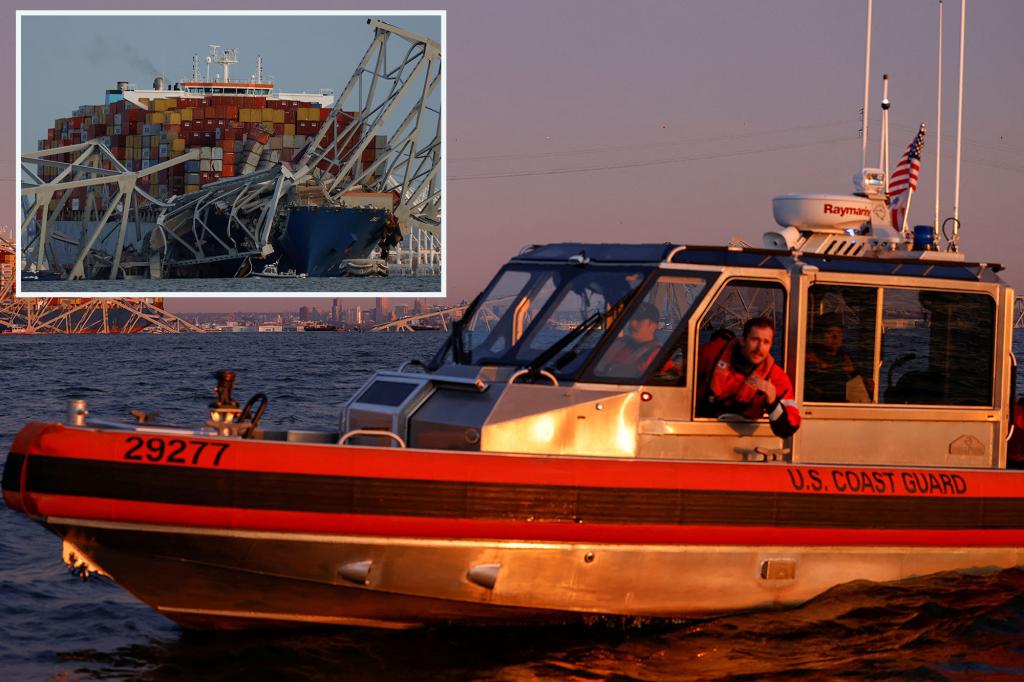The Francis Scott Key Bridge in Baltimore collapsed early Tuesday after being struck by a container ship. The impact caused cars to plunge into the water below, leading to a mass-casualty event that quickly became a significant emergency situation. The bridge, a vital transportation route in the area, was severely damaged by the collision, further complicating rescue efforts and causing widespread disruption to traffic and commerce in the region.
Emergency responders rushed to the scene to rescue survivors and assess the extent of the damage. The chaotic aftermath of the collapse made it difficult for first responders to access the affected area and provide aid to those trapped in the water. The severity of the situation quickly became apparent as reports of injuries and missing individuals began to surface. The focus shifted to coordinating a swift and effective rescue operation to save as many lives as possible and prevent further loss of life.
As the rescue effort continued, questions arose about what caused the container ship to collide with the bridge. The incident raised concerns about the safety of maritime transportation and the potential for similar accidents to occur in the future. Authorities launched an investigation into the cause of the collapse, including examining factors such as human error, mechanical failure, and weather conditions. The findings of the investigation would be crucial in determining accountability and implementing measures to prevent similar incidents from happening again.
The collapse of the Francis Scott Key Bridge had far-reaching impacts on the community and the region as a whole. The loss of a key transportation route disrupted the flow of traffic and commerce, causing significant delays and logistical challenges for residents and businesses. The incident also raised questions about the structural integrity of other bridges in the area and the need for enhanced safety measures to prevent similar tragedies in the future. The community came together to support the victims and their families, demonstrating resilience and solidarity in the face of adversity.
In the aftermath of the bridge collapse, efforts were made to assess the extent of the damage and begin the process of rebuilding and repairing the structure. Engineers and construction crews worked tirelessly to stabilize the bridge and clear debris from the water, allowing for a thorough investigation into the cause of the incident. The community rallied behind the recovery efforts, offering support and assistance to those affected by the tragedy. Plans were made to rebuild the bridge and implement additional safety measures to prevent future collapses and ensure the protection of both residents and motorists in the area.
The collapse of the Francis Scott Key Bridge served as a stark reminder of the fragility of our infrastructure and the importance of maintaining and modernizing critical transportation assets. The incident sparked a national conversation about the state of our bridges and the need for ongoing investment in infrastructure maintenance and improvements. As the community worked to recover and rebuild in the wake of the tragedy, lessons were learned about the necessity of proactive safety measures and effective emergency response protocols. The legacy of the bridge collapse would serve as a cautionary tale for years to come, reminding us of the importance of vigilance and preparedness in ensuring the safety and well-being of our communities.


